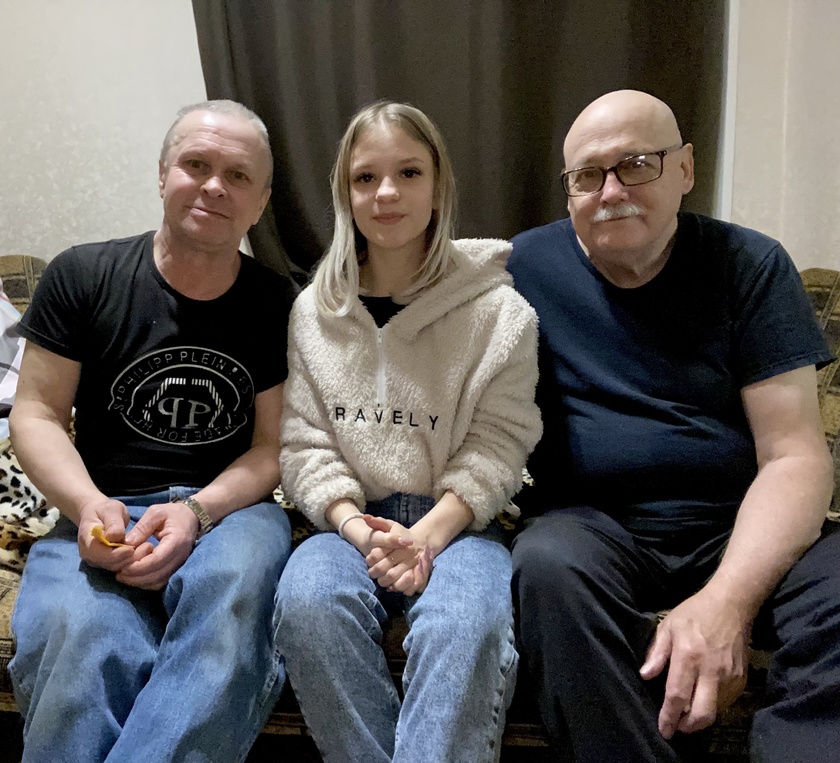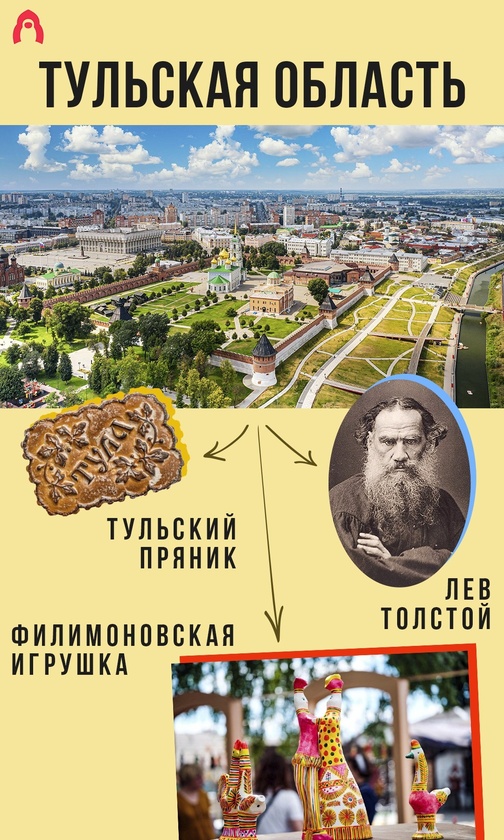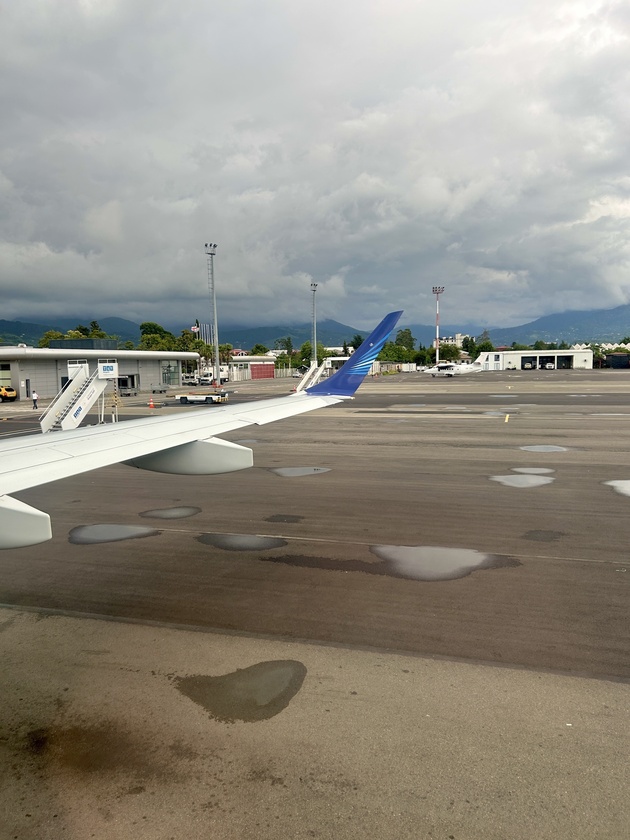July first I flew to Baku from Batumi via Azerbaijan Air. I spent the night in the Baku Fly Inn, a magnificent hotel located on the same property as the airport. It was extremely elegant and very quiet even though it is right in an airport. You can’t hear the noise inside.
The next morning early, I flew to Moscow via the same airline.
I took a taxi from Moscow to my hotel in Tula.
We had a devil of a time finding the hotel. The map showed it next to the stadium. We drove around the stadium twice and didn’t see any hotel. The driver asked several passers by and the third one explained that the hotel was inside the stadium located under the bleachers. It’s a very large football stadium and they obviously didn’t need all the space for locker rooms. A hotel makes good sense. Visiting teams have a place to stay right in the same building where they play.
"She's only fourteen! What if she can't bear Napoleon a child in the first year of marriage?" Empress Maria Feodorovna asked. "Then he'll want to divorce her or have children at the cost of her honor."
Alexander listened thoughtfully to his mother. Napoleon had offered Poland if he were allowed to marry Grand Duchess Anna Pavlovna. But knowing the French Emperor, the Russian Tsar doubted anything would come of his proposal. Napoleon always turned situations to his advantage. If their relationship with him worsened even further, his sister could find herself in a very difficult situation.
"If you agree to the marriageu, you will ruin Anna."
"Calm down, Mother," Alexander replied softly. "Only you can decide her fate." I will submit to your decision.
Anna Pavlovna was born in January 1795. She was the eighth child of the Grand Ducal couple Maria Feodorovna and Pavel Petrovich. Empress Catherine, upon learning of the birth of her sixth granddaughter, sadly remarked:
"There are so many girls, we can't marry them all off!"
The Empress never learned of her ...
A big shout out to the people who follow me. Unfortunately I’ve had to leave Russia. It became impossible to receive any funds from the US. I am currently living in Batumi, Georgia.
This is my family in the living room of my apartment in Kimovsk, Russia. I am a disabled Vietnam veteran. Seventy six years of age. My son Aleksandr (left), and my granddaughter Dasha (center) look in on me. Here, I had hoped to live out my retirement years.

In Kimovsk is where my apartment is located. Last summer I visited my granddaughter who lives in Tula. I stayed there for two months. I became very familiar with the city of Tula.
Tula Region is one of the industrial centers of Russia, famous for its long-standing traditions of weapons and samovar production. Here are three more important symbols of this region.
1⃣ ЛЕВ ТОЛСТОЙ (Leo Tolstoy)
The famous Russian writer was born on September 9, 1828, on the Yasnaya Polyana’ Family Estate near Tula. He spent a significant part of his life there, creating his main novels, including ‘War and Peace’ and ‘Anna Karenina’. His body was also buried there.
2⃣ ФИЛИМОНОВСКАЯ ИГРУШКА (Filimonovo toy)
Whistle toys in the form of people and animals with conical heads began to be made in the village of Filimonovo near Tula in the 16th century. After the 1917 Bolshevik Revolution, the craft died out for a while, but was revived in the 1980s.
3⃣ ТУЛЬСКИЙ ...

A PRIEST COVERED HIS OWN COAT OVER HIS WORST ENEMY AND THEREBY SAVED NOT ONLY HIS BODY BUT HIS SOUL...
A man was thrown into the icy concrete "glass" of a punishment cell. The one already sitting inside, huddled in a corner, merely raised his head. For him, it was just another soul on death's doorstep, but for the camp system, it was a cruel irony: a former high-ranking NKVD officer who had approved execution lists was thrown to die in the very hell he had helped build. His cellmate turned out to be a priest, prisoner Arseniy.
The cell floor was covered in freezing water. The night promised a frost that kills the living. Avsenev, a former Chekist, an intelligent and once powerful man, knew the system from the inside. He knew that in the morning, two frozen bodies would be carried out. He was shaking. Not from fear—fear was too petty an emotion for the all-consuming cold gnawing at his bones—but from the animal tremors of death.
The priest in the corner didn't move. He simply looked at his new neighbor with a long, calm gaze, devoid of ...





















